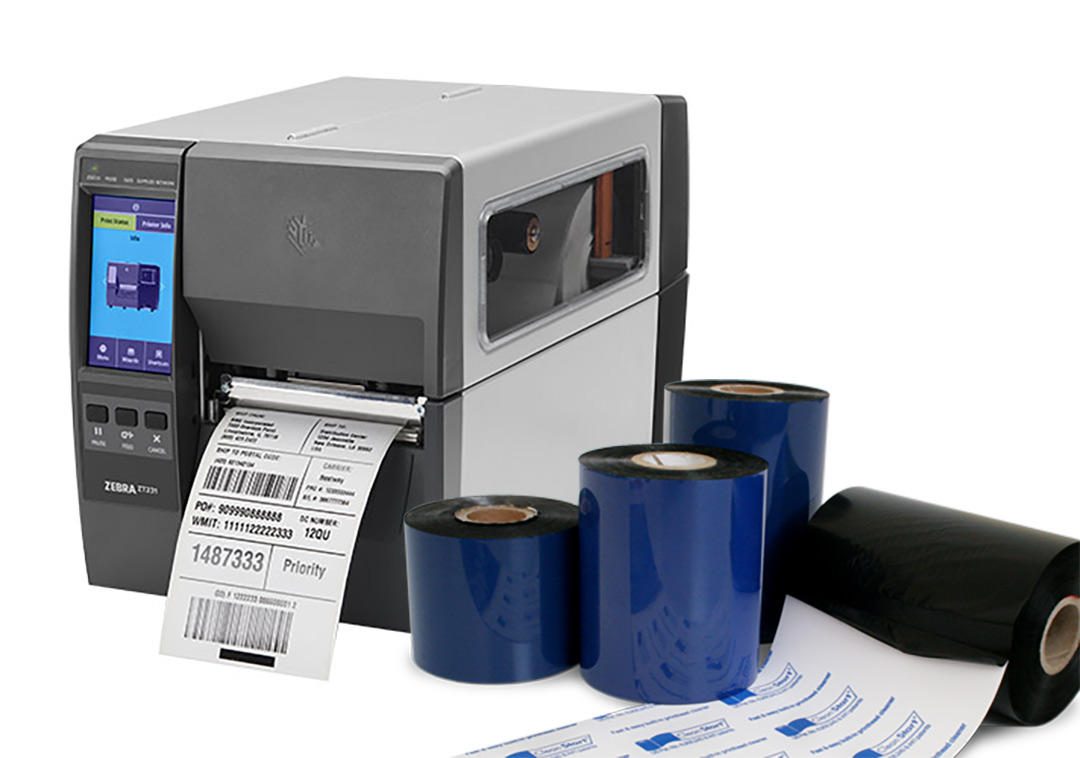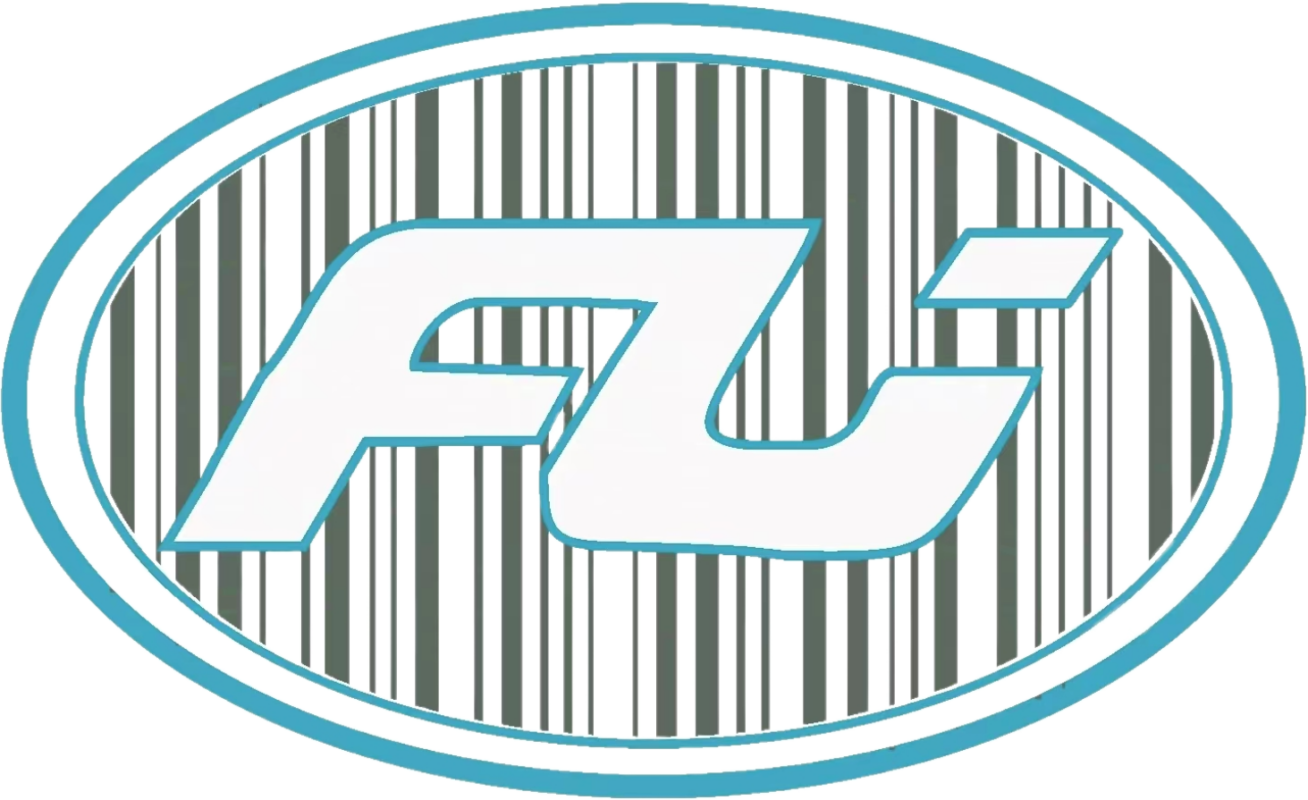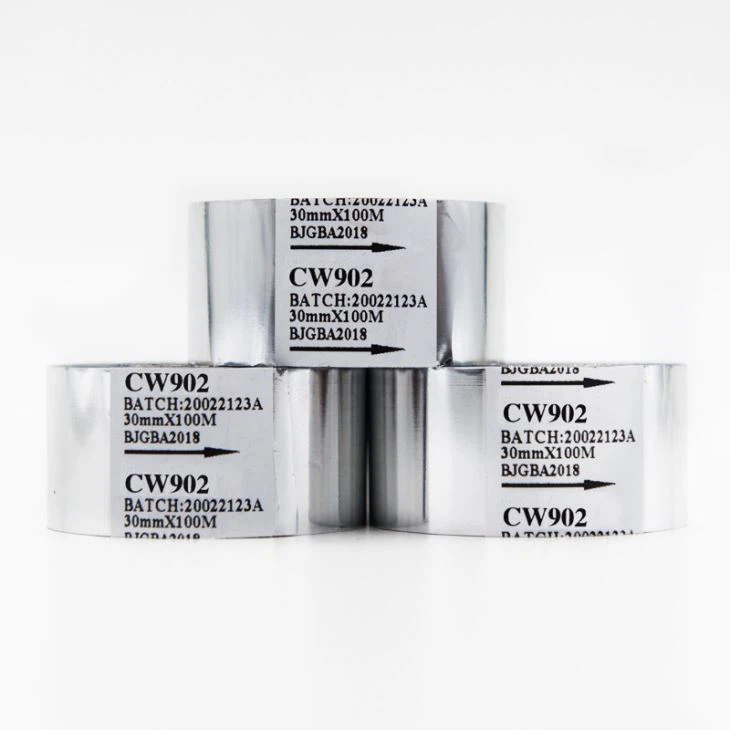ブログ
What Are Matte Labels and When Should You Use Them?
Introduction
The selection of a label finish in industrial labeling settings affects the label’s readability and branding attributes as well as print quality and user experience. Businesses that need clear and sturdy labels with a non-reflective surface easily choose matte labels from the available options.
Distributors, resellers, or sourcing managers who handle thermal label procurement will achieve improved performance and reduced rework rates across logistics and manufacturing sectors by understanding the differences between matte and gloss labels and knowing how to order matte labels in bulk.
This article explores everything you need to know about matte labels: This article provides comprehensive information about matte labels including their nature, benefits, industrial uses, customization possibilities and smart ordering strategies for bulk purchases.
What Are Matte Labels?
Matte labels possess a pressure-sensitive surface that has a non-glossy satin-like texture which spreads out light rather than reflecting it. Matte labels deliver both a refined professional look and better readability compared to gloss labels which makes them ideal for operations that require constant scanning.
Depending on the use case and desired print durability users can select from both direct thermal and thermal transfer options which are widely available.
Key Characteristics:
- Smooth, non-reflective surface
- Enhanced barcode scan accuracy
- Writable with pens or markers (if uncoated)
- Available in paper and synthetic materials
- Compatible with standard industrial thermal printers
How Matte Labels Work in Thermal Printing
Thermal printers use matte labels which react to heat through two distinct methods.
1. Direct Thermal Matte Labels
- Feature a heat-sensitive coating
- The label gets its image when heat is applied directly onto its surface.
- No ribbon required
- Suitable for short-term use (1–6 months)
2. Thermal Transfer Matte Labels
- Printing with thermal transfer matte labels needs a thermal ribbon to apply the ink onto the label.
- More durable and long-lasting
- Resist moisture, sunlight, and abrasion
- Ideal for inventory, chemical, or outdoor labeling
Matte vs. Gloss Labels: Core Differences
| Feature | Matte Labels | Gloss Labels |
|---|---|---|
| Finish | Dull, non-reflective | Shiny, reflective |
| Readability | High (especially barcodes) | Can glare under light |
| Writing Compatibility | Good (pen/marker-friendly) | Limited (ink may smudge) |
| Professional Appearance | Clean, understated look | Bold, attention-grabbing |
| Label Printer Type | Works with both DT & TT | Mostly TT |
| Fingerprint Resistance | Excellent | Poor |
Key Benefits of Matte Thermal Labels for Industrial Use
1. Enhanced Legibility and Barcode Scanning
Direct light cannot cause problems because the non-reflective surface increases barcode contrast while reducing scanning errors.
2. Professional, Minimalist Appearance
Matte labels create a professional and modern look which makes them perfect for B2B packaging projects as well as healthcare labeling and compliance-centered business sectors.
3. Fingerprint and Smudge Resistance
The non-reflective surface of matte finishes makes them perfect for frequently touched items and inventory management because they keep smudges hidden.
4. Writable Surface for Manual Marking
Warehouse and field operations require the ability to write batch numbers or notes straight onto the label for effective tracking and management.
5. Versatility Across Industries
Matte labels serve multiple sectors including manufacturing, retail, logistics, pharmaceuticals, electronics, and food distribution.
Common Industrial Applications of Matte Labels
Logistics & Warehousing
- Shipping labels
- Barcode asset tags
- Rack and bin labeling
Retail & Consumer Goods
- SKU and price labels
- Shelf-edge labels
- Product packaging with understated branding
Pharmaceuticals & Healthcare
- Prescription bottle labels
- Medical device tags
- Patient records and wristbands
Manufacturing & Assembly
- Part identification
- Instructional or safety labels
- Work-in-process tracking
Food & Beverage
- Cold storage barcode labels
- Nutritional panels (TT matte)
- Internal batch tracking
Customizing Matte Labels for Your Operations
1. Material Selection
- Matte paper provides an economical solution for labels that need to be used indoors in dry conditions.
- Matte polypropylene and PET materials offer resistance against water damage as well as chemical exposure and tearing.
2. Adhesive Types
- Permanent (standard use)
- Removable (non-damaging labels)
- Freezer-grade (cold chain labeling)
3. Roll Specifications
- Core size: 1” or 3”
- Outer diameter: 4”–8”
- Winding: inside or outside wound
- Perforations between labels: optional
4. Pre-Printed Elements
- Add branding, safety icons, compliance symbols
- Highlight SKUs, storage zones, batch areas
5. Coatings & Finishes
- Uncoated matte for writing
- Top-coated matte for moisture resistance
- Matte synthetic for durability
6. Label Size and Shape
- Standard sizes: 4×6, 2×1, 3×2, etc.
- Custom die-cuts for non-rectangular applications

Best Practices for Bulk Ordering Matte Labels
1. Validate Printer Compatibility
Make sure your thermal printers are compatible with the material and finish before you place your order.
- Confirm max roll diameter
- Check ribbon compatibility (if TT)
- Review label sensor positions
2. Test Samples First
Request performance samples to test:
- Adhesive strength
- Print clarity
- Abrasion and moisture resistance
3. Align Labels with Environmental Use
The appropriate combination of material and adhesive should be selected according to environmental conditions.
- Cold storage
- High humidity
- Outdoor exposure
4. Forecast Order Quantities
Higher volumes can lead to:
- Cost savings through bulk pricing
- Streamlined vendor logistics
- Reduced stockouts or delays
5. Document Compliance Needs
Ensure that your matte labels meet regulatory requirements for industries such as healthcare and manufacturing by supporting necessary certifications.
- GHS/OSHA symbols
- FDA or EU food-safe certifications
- RoHS/REACH compliance
Conclusion
Matte labels deliver outstanding performance while serving a broad array of business-to-business labeling requirements. The combination of their clean look with non-reflective surfaces and excellent barcode readability positions matte labels as perfect options for use in logistics, healthcare, retail, and manufacturing.
The selection between direct thermal matte labels for temporary shipping and thermal transfer matte labels for extended inventory tracking can greatly enhance both efficiency and accuracy in labeling operations.
📩 sales@foyottr.com
📞 Tel: +86-592-6018318
🌐 https://foyottr.com
👉 [Contact Us Now](https: Explore matte thermal label solutions for your business by visiting https://foyottr.com/contact-us/.
FAQs
Are matte labels better than glossy labels?
It depends on the application. Matte labels excel in scanning and writing applications as well as subtle branding whereas gloss labels stand out with their vibrant packaging appearance.
Can I write on matte thermal labels?
Yes. Uncoated matte paper labels accept ink from both pens and markers. Top-coated matte synthetic labels offer decreased writeability but increased durability.
Matte finishes can be used with both direct thermal and thermal transfer printers as they come in both variants.
Yes. Thermal transfer and direct thermal options are both available with matte finishes. Match the label type to your printer.
Are matte labels suitable for cold storage?
These labels are appropriate for cold storage when combined with freezer-grade adhesive and moisture-resistant face stock.
The standard production time for bulk matte label orders lies between 7 and 15 business days.
The lead time for bulk matte label orders varies between 7 to 15 business days based on the order volume and customization requirements as well as production schedules.

